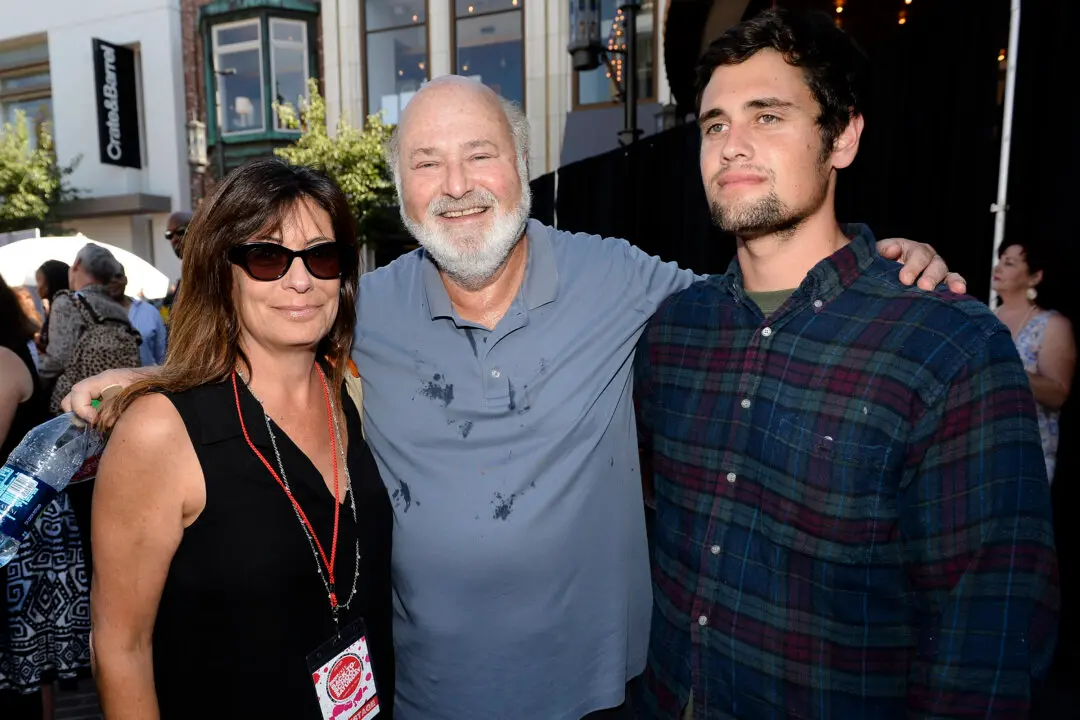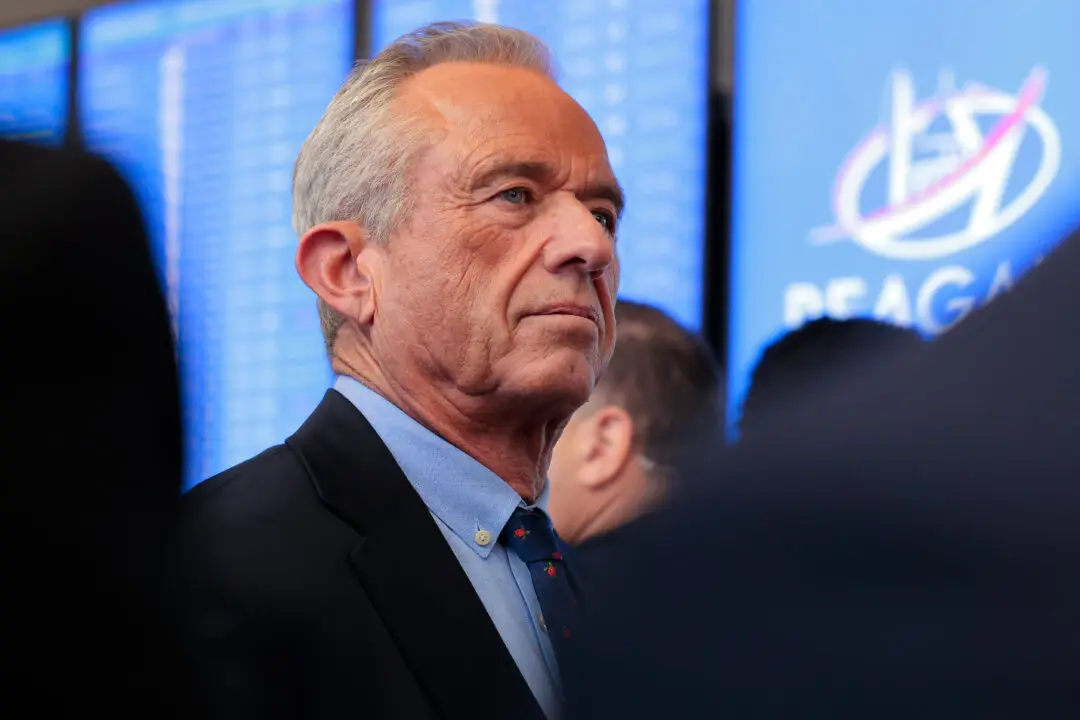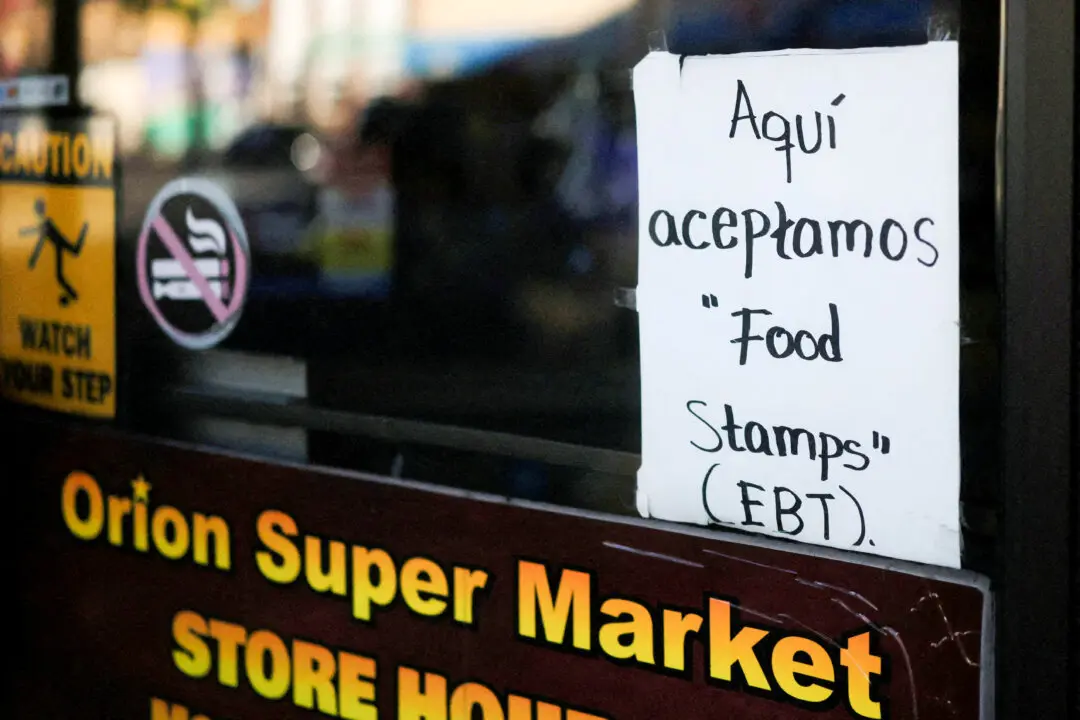The D.C. National Guard’s top official on Wednesday said deployment of guardsmen was delayed after the U.S. Capitol was breached on Jan. 6 because of an “unusual” memorandum that was issued a day prior.
William Walker, commanding general of the D.C. Guard, told lawmakers during a Capitol Hill hearing that then-Army Secretary Ryan McCarthy on Jan. 5 issued a memo barring the use of the Guard’s “Quick Reaction Force” without approval.





